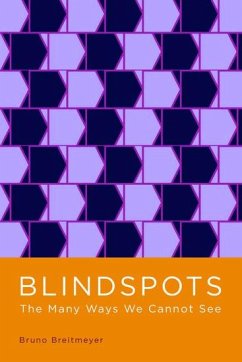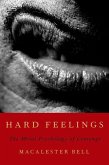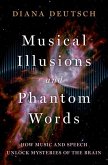Sight can be so effortless, so useful, and so entertaining-the average human can distinguish several million colors; a falcon can see a fencepost from three thousand yards-that we never stop to think about how complex a process it is and how easily it can fail us. We never have as clear and complete a picture of the world around us as we think we do. The gaps between what our eyes take in and what is in our mind's eye provide the unifying theme in Bruno Breitmeyer's wide-ranging volume. In his fascinating account of the many ways that our eyes, and minds, both see and fail to see, Breitmeyer moves from cataracts and color blindness through blindsight, acquired dyslexia, and visual agnosias, including fascinating cases like the woman who did not know what she was seeing was a dog until it barked. He then uses what we've learned about the limits of our sight to illustrate the limits of our ability to mentally visualize and our ability to reason, covering everything from logical fallacies to how our motives and emotions relentlessly color the way we see the world. This book will intrigue anyone interested in how easily we can fail to capture the world around us without even realizing it.
Hinweis: Dieser Artikel kann nur an eine deutsche Lieferadresse ausgeliefert werden.
Hinweis: Dieser Artikel kann nur an eine deutsche Lieferadresse ausgeliefert werden.








